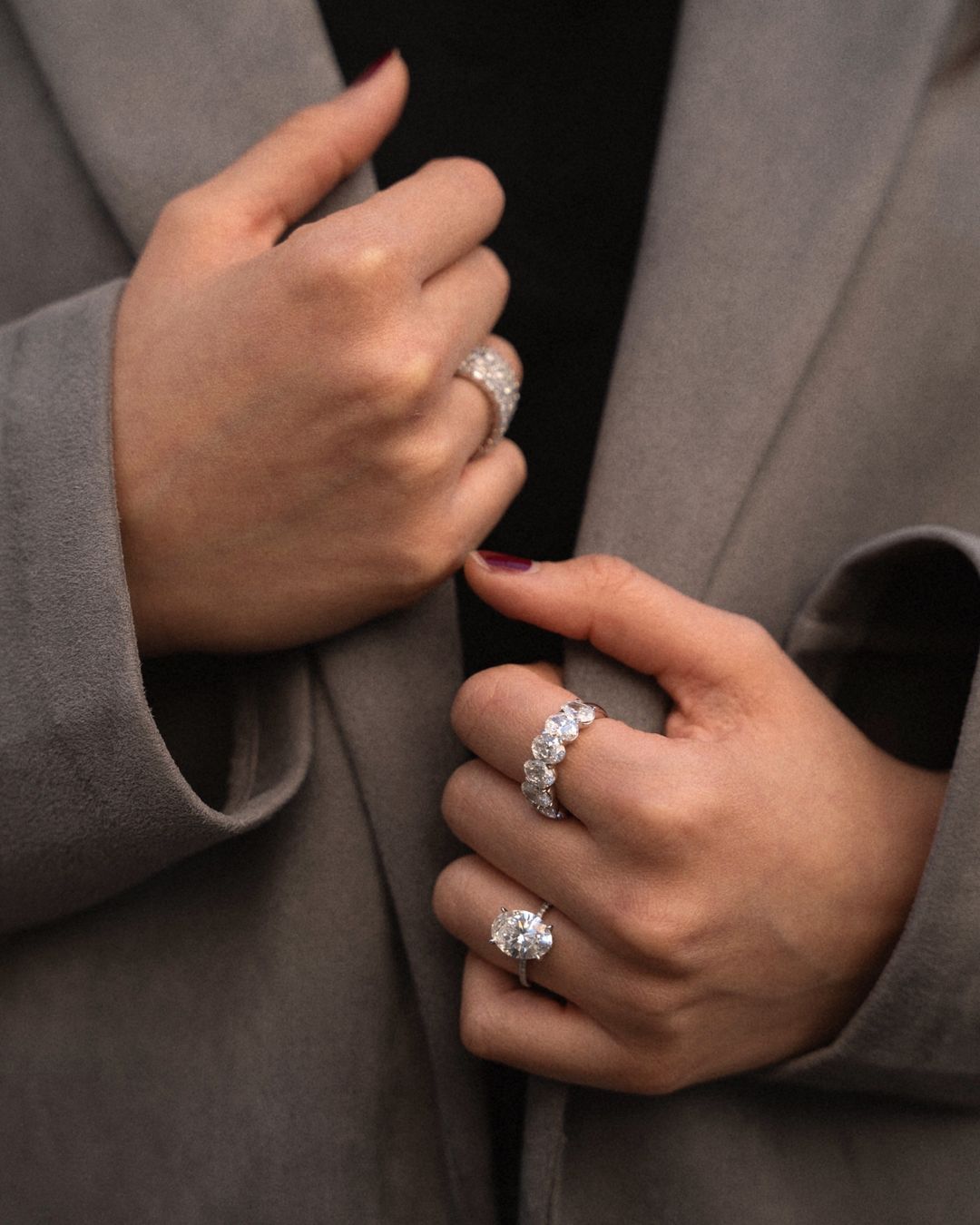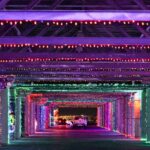D
A girl’s best friend, diamonds have long captured our imagination as symbols of lasting love and markers of life’s most precious moments. Yet most are unaware that technological advances now make it possible to grow diamonds in modern laboratories that rival those found deep underground. Read on to discover the science, ethics and savings behind these lab-grown diamonds that now adorn fingers and necks all over the world.
What are lab-grown diamonds?
Far from being fake or imitation, lab-created diamonds are actually diamonds. They have the same optical, physical and chemical properties as their mined counterparts. Atom for atom they are completely identical, without flaws, errors or imperfections. The only difference lies in their origins: above ground in a technological setting rather than excavated from a mine. In these labs, powerful machines mimic the enormous heat and pressure that natural diamonds require over billions of years to form. This imitation of nature in a laboratory allows man-made diamonds to grow in just a few weeks or months.
Are lab-grown diamonds real?
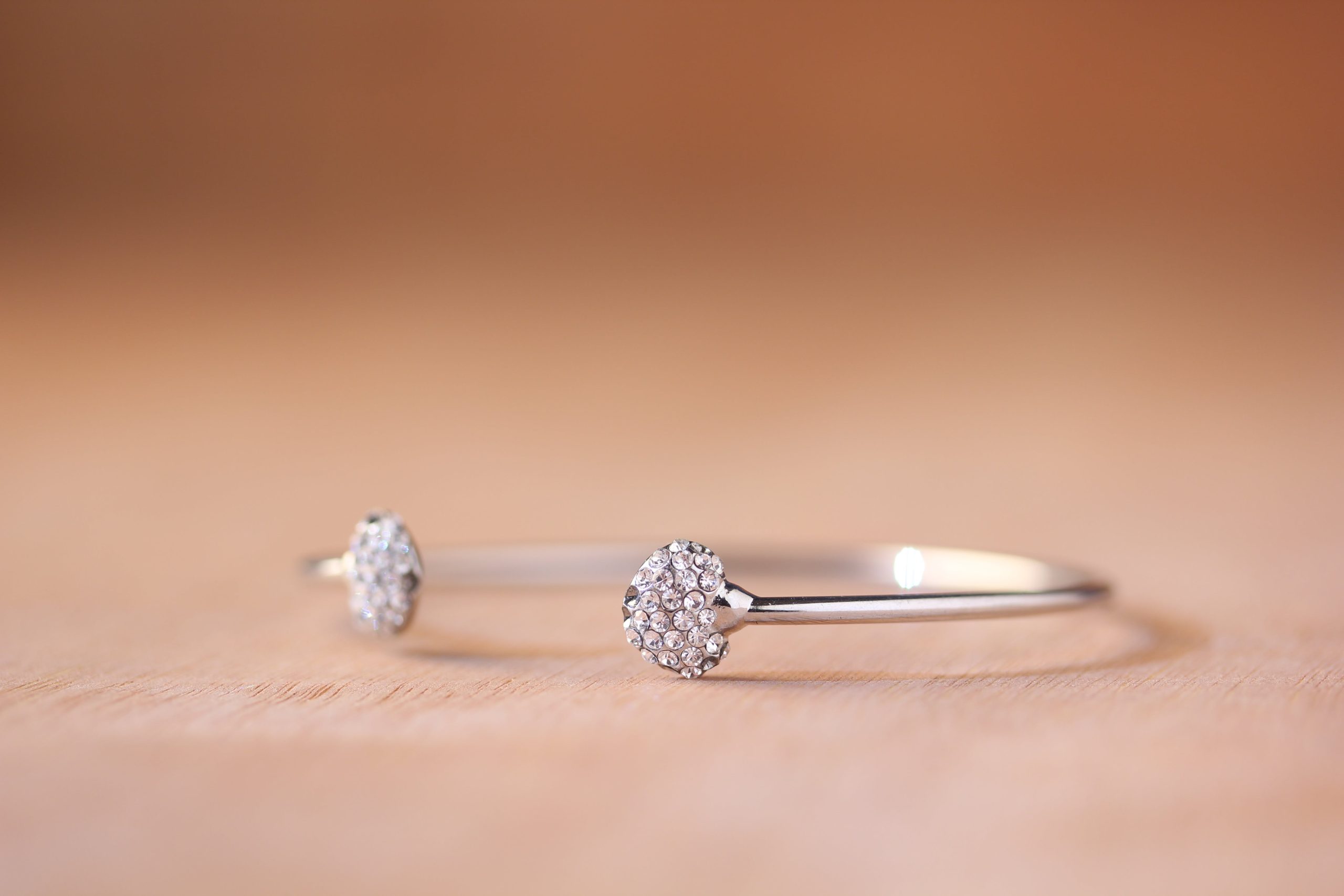
Scientifically, lab-grown diamonds are 100% real. They have the same diamond structure down to the crystalline arrangement of their carbon atoms. When graded by gemological institutes, they receive the same 4Cs measurements: cut, color, clarity and carat weight. Without specialized equipment, even a jeweler cannot distinguish them from mined diamonds! Unlike simulated stones like cubic zirconia, laboratory diamonds register as authentic diamonds on thermal conductivity tools. Simply put, while the origins of lab-grown and mined diamonds differ, the diamonds themselves are identical.
The creation process of lab-grown diamonds
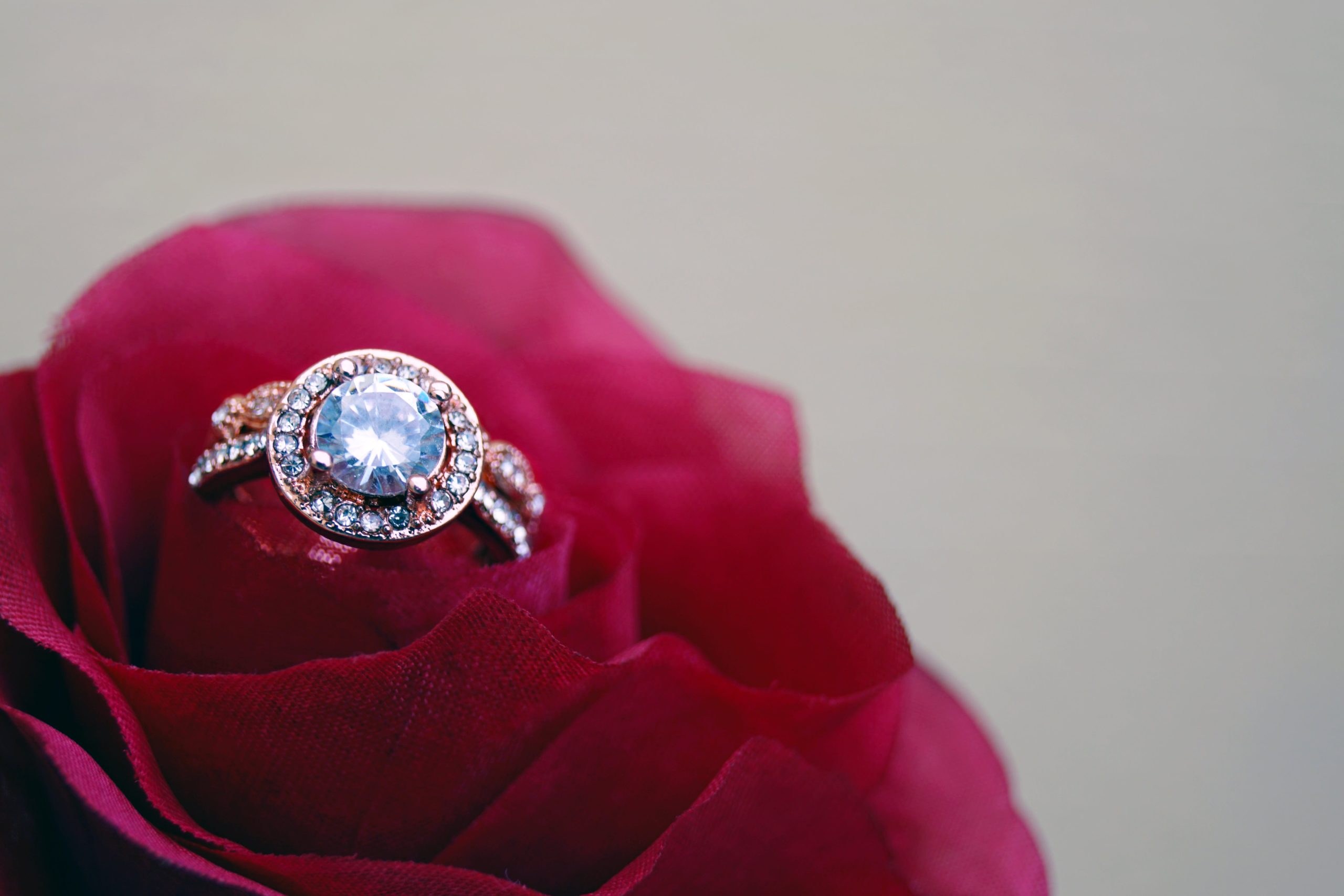
Turning carbon into brilliant diamonds seems like alchemy, but physics explains the procedure. Advanced chemical vapor deposition machines allow gases containing carbon atoms to settle on small seed crystals like a diamond film. These seeds grow in plasma reactor chambers that mimic the intense heat and pressure conditions that must form diamonds in the Earth. Temperatures above 2100°F, combined with pressures above 1500 GPA, allow atoms to arrange themselves into the characteristic diamond structure. By manipulating variables such as gas composition and energy level, manufacturers can control a stone’s shape, as well as its optical properties of color and clarity. It’s complex yet controlled innovation at its best, and the results sparkle and shine as brilliantly as any diamond pulled from a mine.
Do lab-grown stones shine just like the real thing?
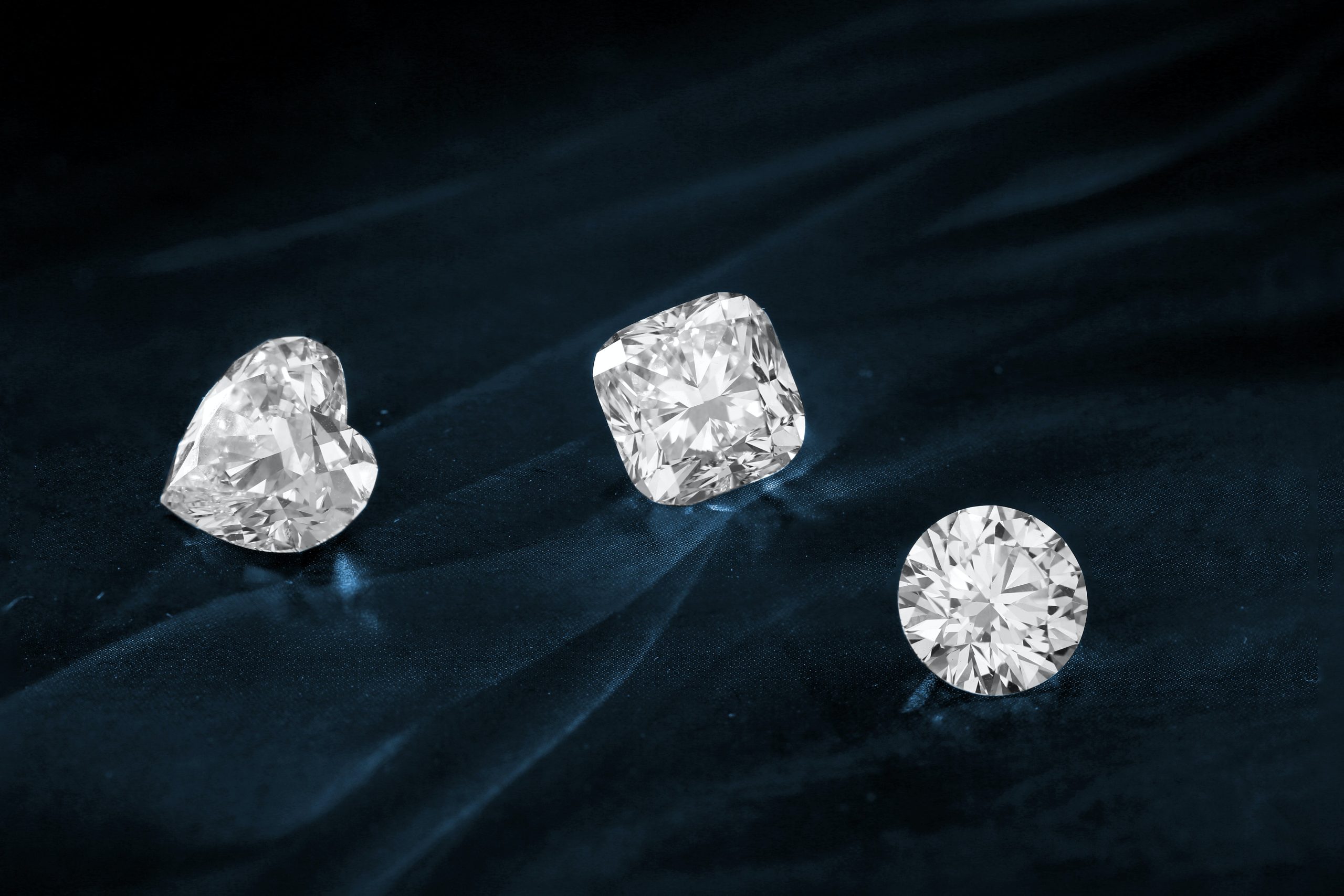
The appearance of a diamond, even lab-grown options, depends on expert cutting and quality assessment. So yes, lab-grown diamonds shine just as brilliantly as mined diamonds. With precise cuts that maximize light refraction and reflection, the dazzling fire and sparkles look identical when incorporated into jewelry. Light enters, reflects internally through the many beautiful facets and fans out in a range of colors. Well-cut laboratory diamonds exhibit the same mesmerizing flashes even in low light.
Why should you consider lab-grown diamonds?
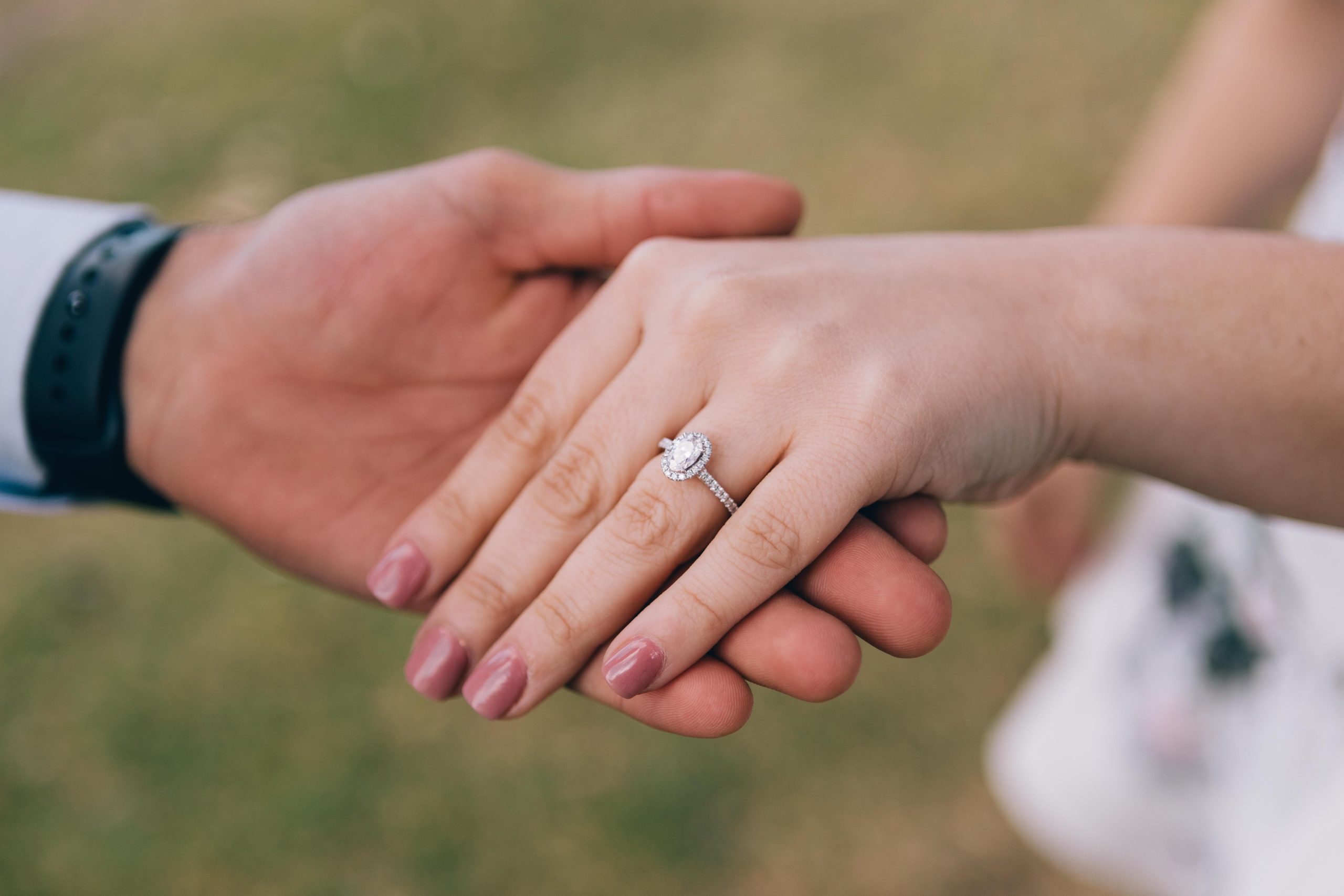
They are guilt-free, ethical and cheaper. Lab-grown diamonds connect science with ethics and savings in a triple threat of consumer benefits. Its production eliminates the social and environmental costs associated with traditional diamond mining, while the technology lowers prices. And because they are materially identical to diamonds mined from the earth, the stones still convey the magical essence that diamonds are known for. In fact, some studies show that women prefer the conflict-free origins of laboratory diamonds. Simply put, these gemstones represent an ideal combination of optically perfect diamonds with excellent origins at prices that make them accessible luxury for everyone.
Featured image: @grownbrilliance/Instagram
Follow us on Instagram for the latest news in fashion, lifestyle and culture @StyleRave_


